SUMMARY
This is AI generated summarization, which may have errors. For context, always refer to the full article.
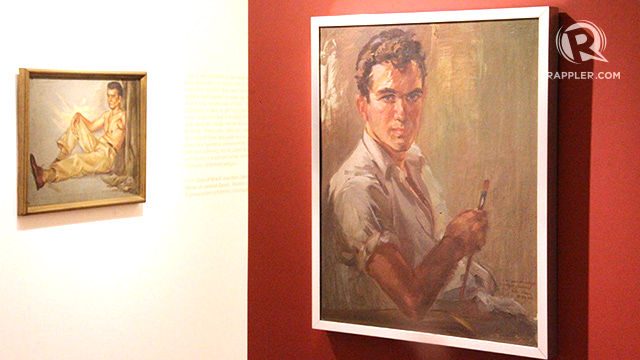
A new museum shines in San Juan, a place that rightfully bears tribute to one of best loved and highly regarded modernists in Philippine art, Juvenal Sansó.
Fundacion Sansó at 32 V.Cruz Street in San Juan City opened to the public on December 1. It chronicles not only his evolution as an artist, but also colorful life he had as man who lived in interesting times.
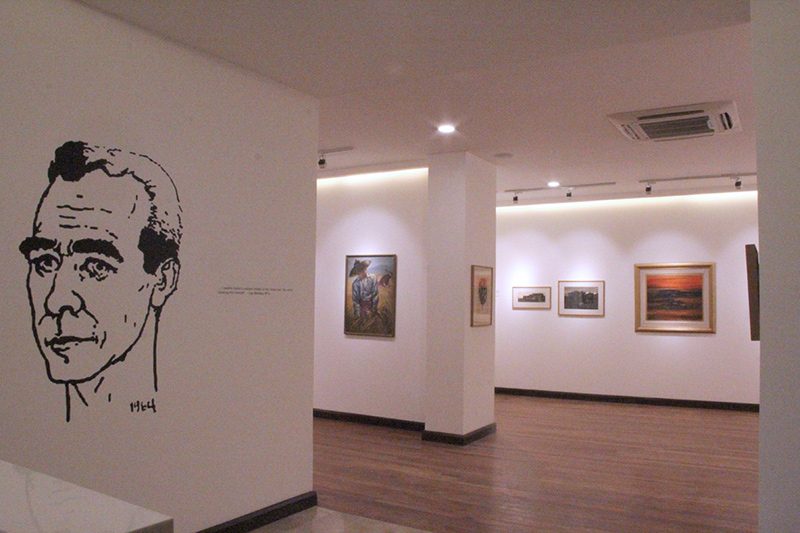
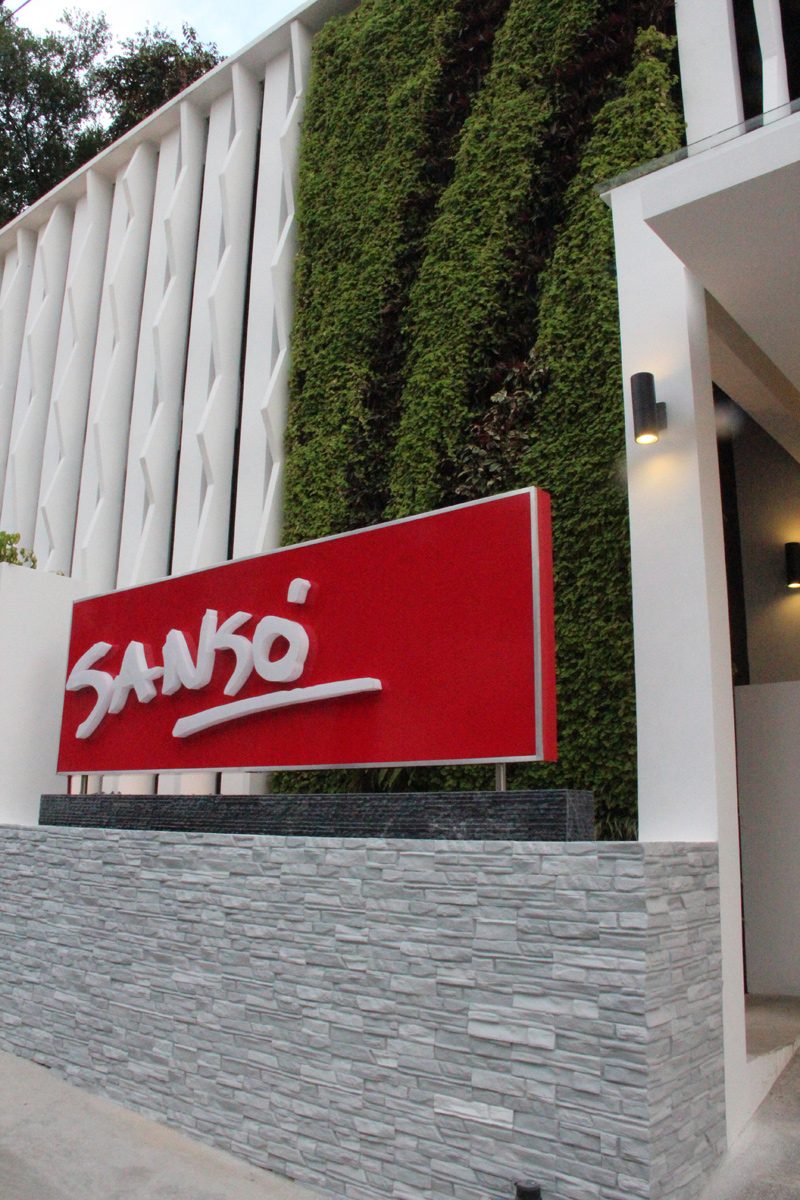
“When we were developing it, I saw connections, like how he developed his styles,” explains Ricky Francisco, consultant and curator, of Fundacion Sansó. The museum offers several revelations.
Born of war
Born in Reus, Catalonia in 1929, Sansó moved with his family to Manila when he was four years old. The reason was the impending civil war in Spain that would lead the rise in power of Generalísimo Francisco Franco, who – with his allies Nazi Germany’s Adolf Hitler, Fascist Italy’s Benito Mussolini, Monarchists, and the Roman Catholic Church – sought to topple the democratically-elected Republican government.
Franco would later win the brutal Spanish Civil War and institute what was known as Fascismo Frailuno (Friar Fascism).
As the late National Artist for Literature Nick Joaquin noted in the book Sansó: Art Quest Between Two Worlds: “They didn’t go to church; not only that, the children didn’t go to school either. They were tutored at home. And though there were other Spaniards in town, the Sansós did not associate with them, being anti-Fascist.”
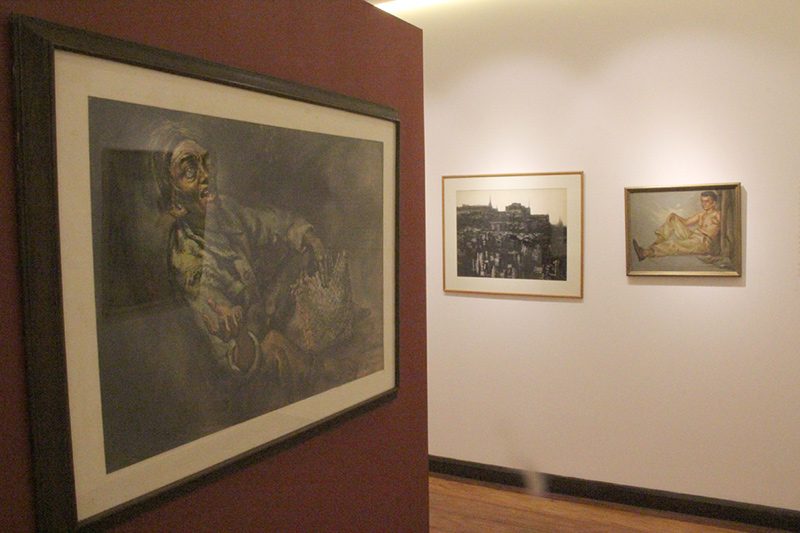
Fleeing Spain did not save Sansó from tyranny. The second World War came to the Philippines when Imperial Japan invaded the country in 1941.
Sansó spoke of the bomb that fell right beside him in Santa Ana during the war, permanently robbing him of much of his hearing: “I was badly wounded, that’s why I have this scar right here, cut off this vein here,” he said as he showed his mangled forearm.
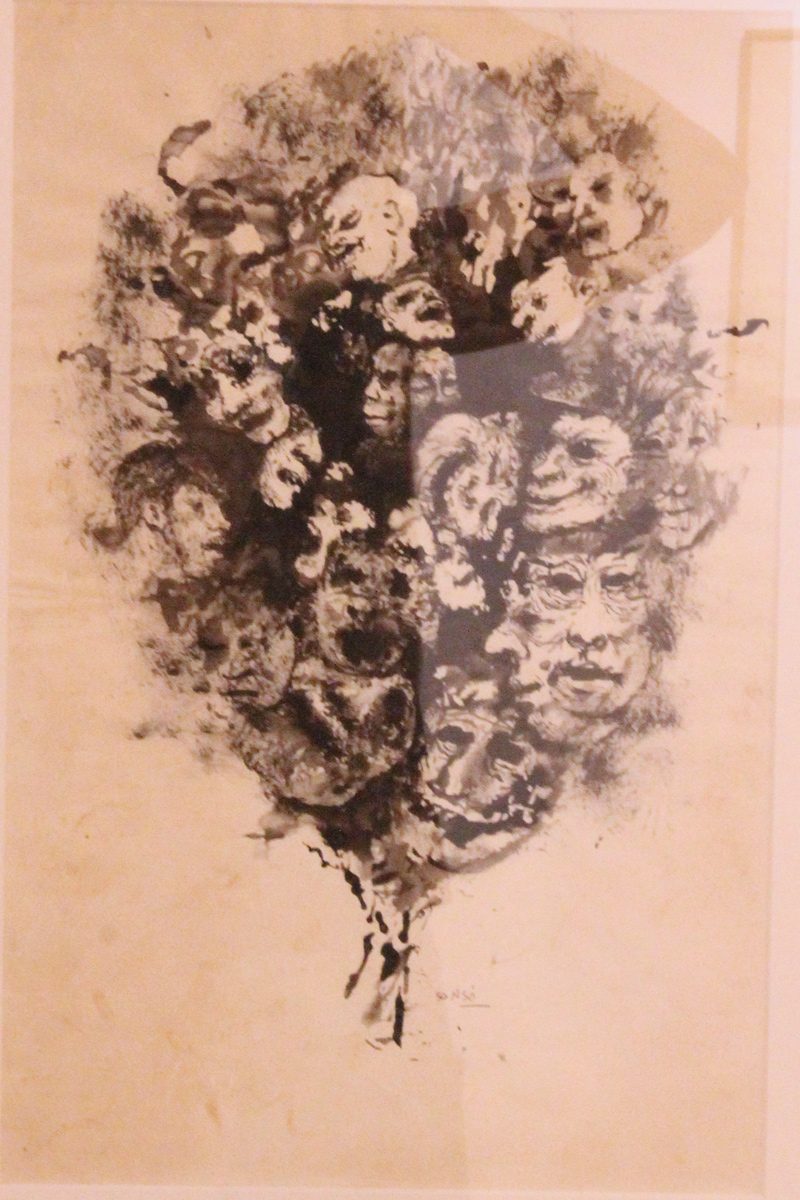
He recalled, “It blasted me out of my chair about two or three meters away and killed the man who was sitting next me. I was supposed to be sitting on the chair he was offering me. I said no and he was the one killed.”
He also spoke of working as a barker for horse-drawn taxi cabs (no fuel available in war-torn Manila) called “dokars” and risking unexploded ordinances to scavenge for El Arte Espanol, his family’s wrought iron business.
“After liberation, I was a bus conductor. We were very poor. You see, my father did not want to cooperate with the Japanese for realistic reasons,” Sansó explained. He recalled,“We were living in a nipa [thatched roof] hut in Montalban with no running water, no electricity, no toilet. Everything was taken away from us.”
Immediately after the war in 1945, his father had him tutored in painting. Francisco notes that before he came to his own as an artist, the young Sansó emulated National Artist Fernando Amorsolo, famous for idealistic sun-bathed paintings.
He explains, “From early works he was taught by Alejandro Celis. The style was a bit similar to Amorsolo. His father said to Celis, who was selling paintings door to door, ‘I’ll buy your paintings and give you more if you teach my son how to paint.’ He wanted Sansó to be good at drafting and drawing so he could design wrought iron furniture.
Prior to that though, his father was a sculptor in Spain. Celis thought he was really talented. He taught him all that he knew within a year and said, ‘Better go to UP [University of the Philippines] because they have really good teachers there.’”
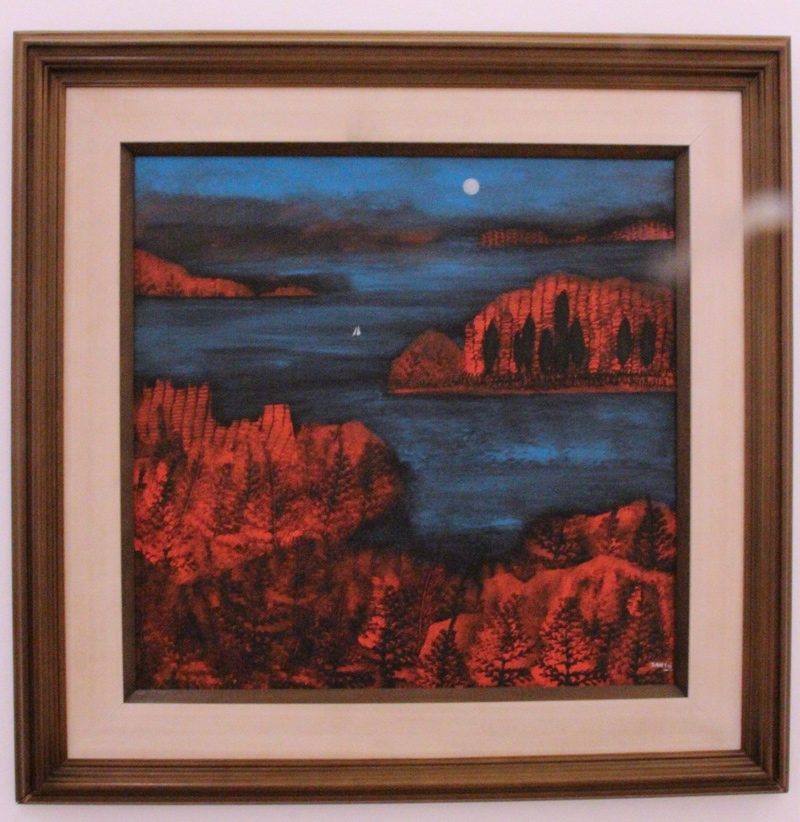
The museum hangs a photo of the young Sansó beside noted cartoonist and Fine Arts classmate Larry Alcala with the pillars of UP behind them, still pockmarked with bullet holes and shrapnel blasts.
Sansó himself recalled, “At that time there were no galleries; it was just after liberation. Manila was a disaster still. There was no TV. The cinemas had burned down. It looked like Nagasaki. People were left dying in the street. A big cart would just come collect them at the end of the day.”
“When war happened, from the beautiful works it transformed into the grotesque. After the war, his style developed into the black series… Shanties, grotesque figures all became part of his works. He was well known for the bouquets, flowers turning into people or people turning into flowers.” explains Francisco.
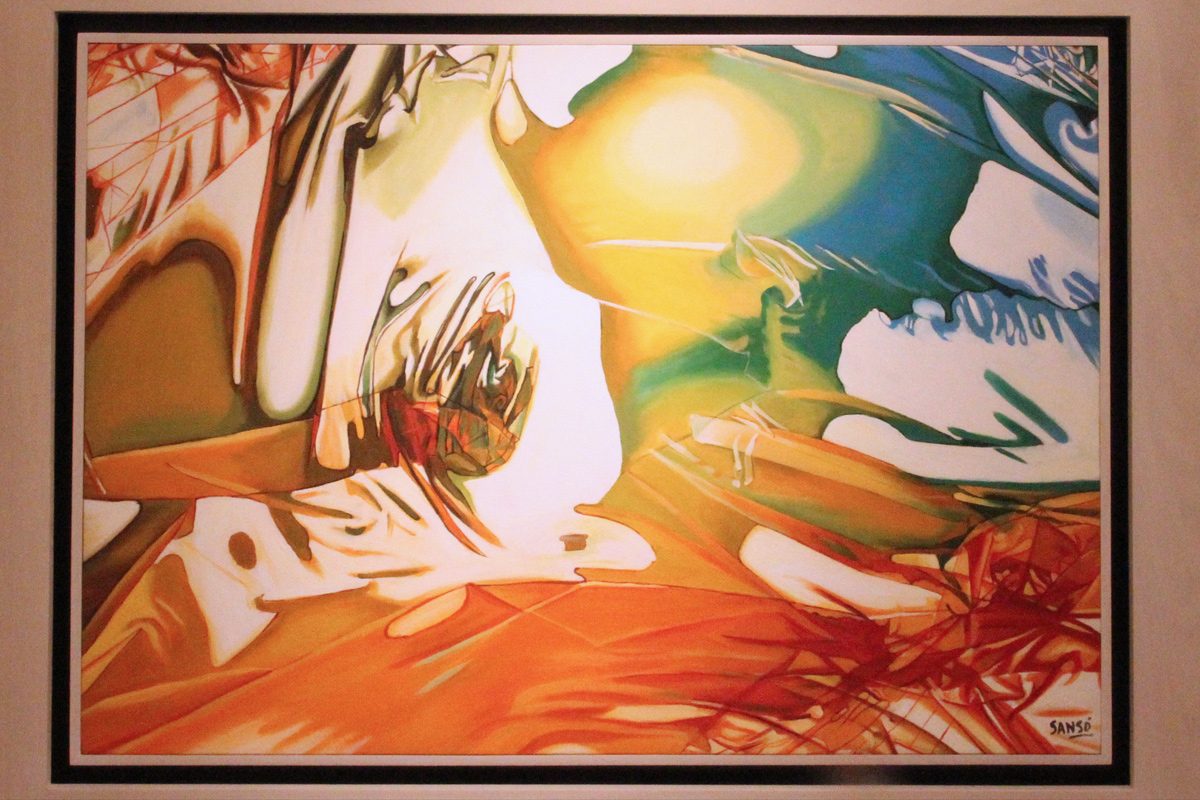
In 1950, Sansó first gained recognition when he won first prize in the watercolor category of the Art Association of the Philippines competition for his work entitled Incubus. In 1951, after winning yet more art competitions, Sanso went to Rome to study at the Academia di Belle Arti. He later resided in Paris. He also enrolled at L’ Ecole Nationale Superieure des Beaux-Arts.
Center stage
In the 1960s, the painter enjoyed a successful career creating textile designs and costumes and sets for the operas acclaimed Italian-American composer and librettist Gian Carlo Menotti. The museum hangs samples of his prints as well his sketches for costumes and sets and theater reviews that commend his works.
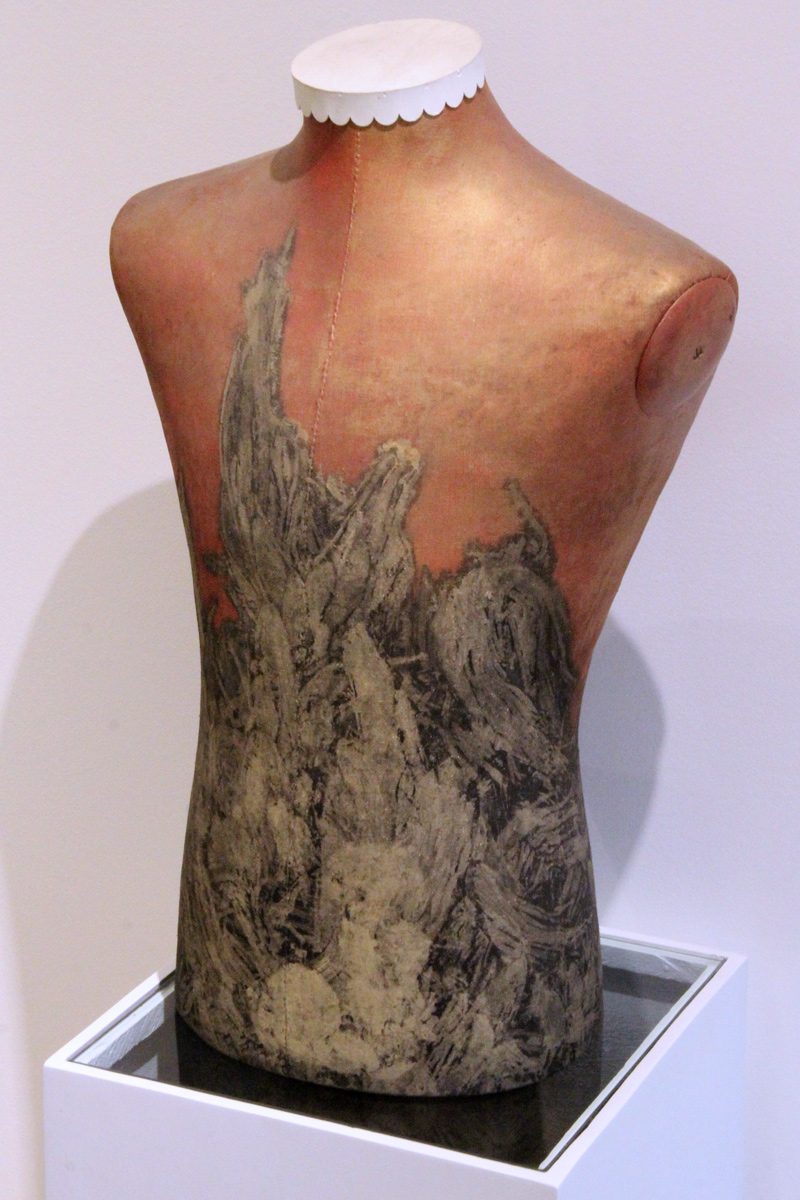
Sansó used actual leaves to create stencils and masks for both his textiles and paintings, a technique that he would carry over to his paintings. “If you notice with his textile designs, he did a lot of techniques that he didn’t use with his paintings before,” Francisco highlighted, adding, “He noticed the stage is very dark normally and there is a very bright beam of light and that bright beam of light brings out the color of the costumes. That blackness became a series of reverse paintings. You paint black and paint color over it. Notice these patterns [on his paintings] are the patterns are on his textiles.”
Sansó’s success with opera gained him the patronage and support of revolutionary fashion designer and art collector Elsa Schiaparelli. “Because of his costume and set design for opera, he got to exhibit in America and was able to circuit the art scene there,” noted Francisco.
As Sansó began to divide his time between France and the Philippines. “Here we see him transitioning from the black bouquets to the colorful flowers and colorful landscapes he is known for today. He turns plants like baklad [fish traps] and kawayan [bamboo] into fantastic landscapers. Beach scenes were influences by Brittany and Matabungkay, Batangas. Organic forms that were ambiguous, neither plant nor coral,” explained Francisco.
Yet another revelation of the museum is a collection of photo slides upon which he painted directly on with acrylic that explain the full-sized canvas works where he reproduced the same effects.
Other revelations include Sansó’s poems and his candid, whacky, and humorous photos of himself. The blue-eyed and genteel Francophone Catalan is exceedingly affable and accommodating.
Whether in person or through his works at the new Fundacion Sansó museum, Juvenal Sansó is a pleasure worth knowing.
For details, visit juvenalsanso.com
Writer, graphic designer, and business owner Rome Jorge is passionate about the arts. Formerly the Editor-in-Chief of asianTraveler Magazine, Lifestyle Editor of The Manila Times, and cover story writer for MEGA and Lifestyle Asia Magazines, Rome Jorge has also covered terror attacks, military mutinies, mass demonstrations as well as Reproductive Health, gender equality, climate change, HIV/AIDS and other important issues. He is also the proprietor of Strawberry Jams Music Studio.
Add a comment
How does this make you feel?
There are no comments yet. Add your comment to start the conversation.